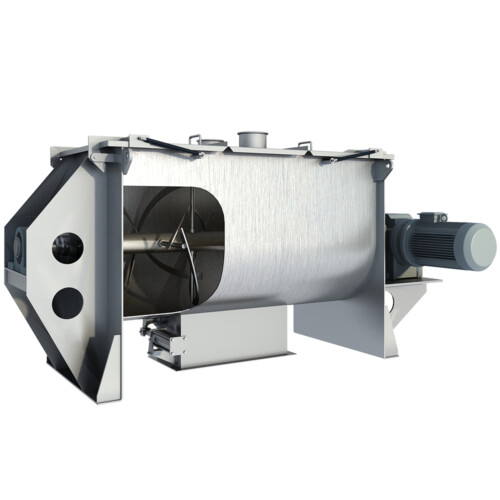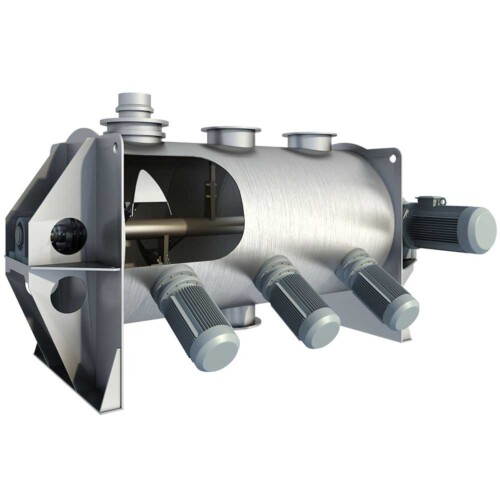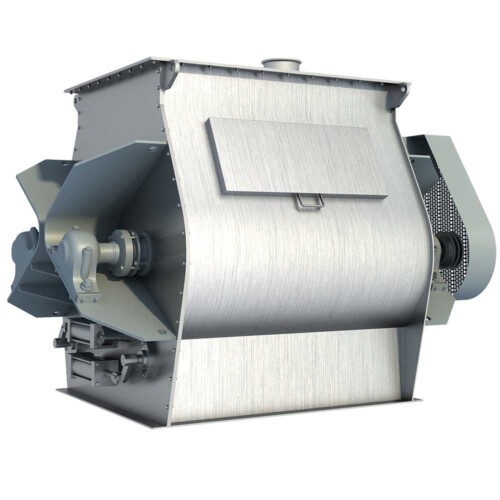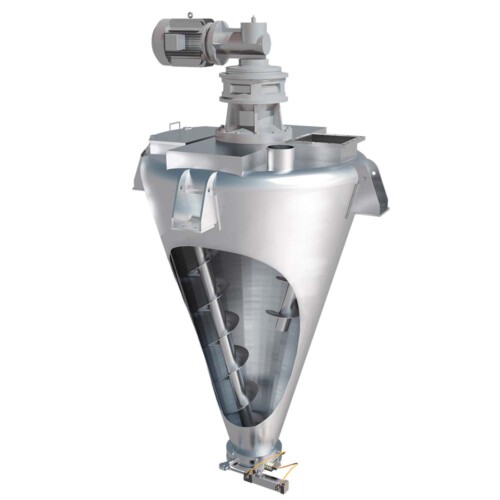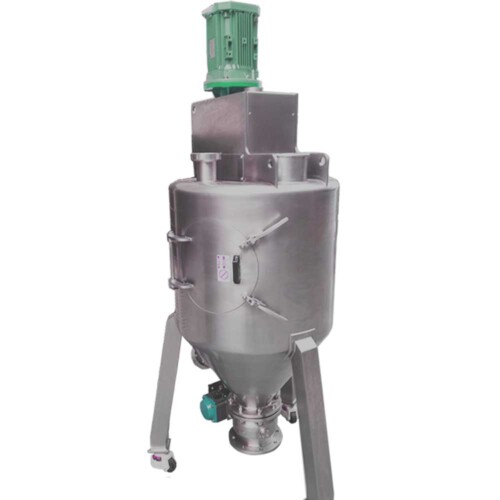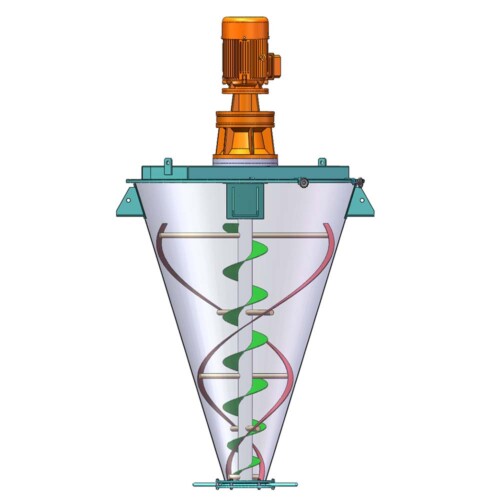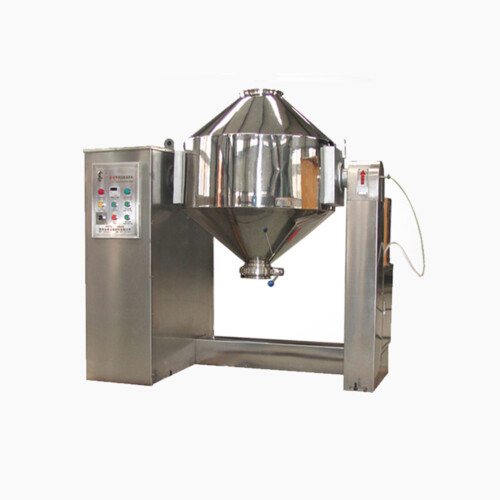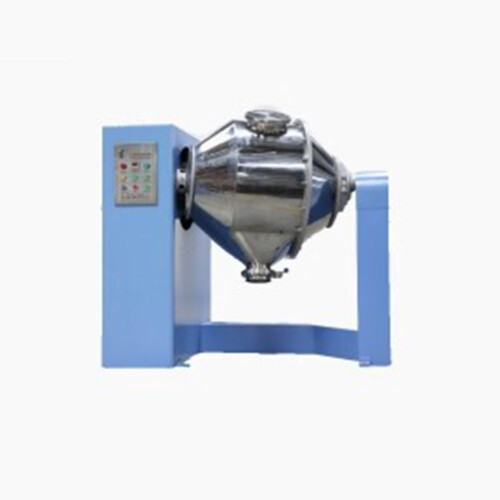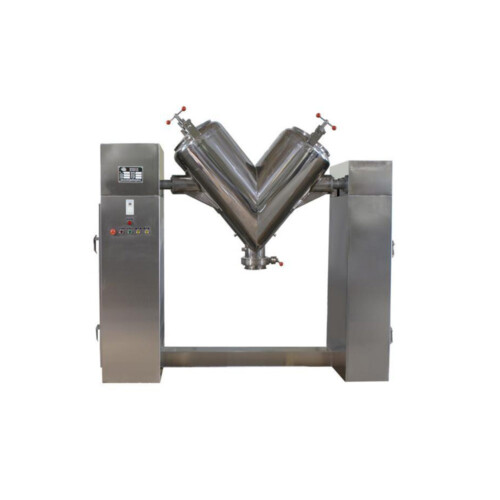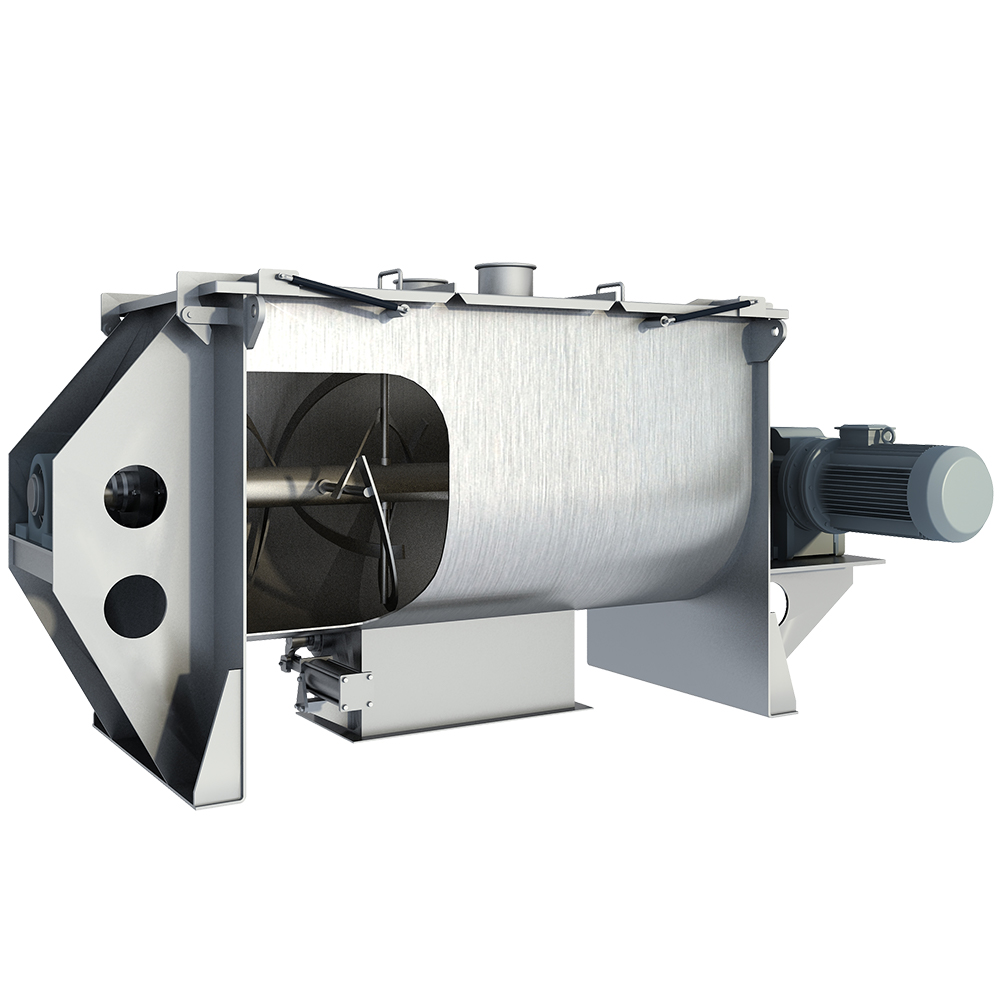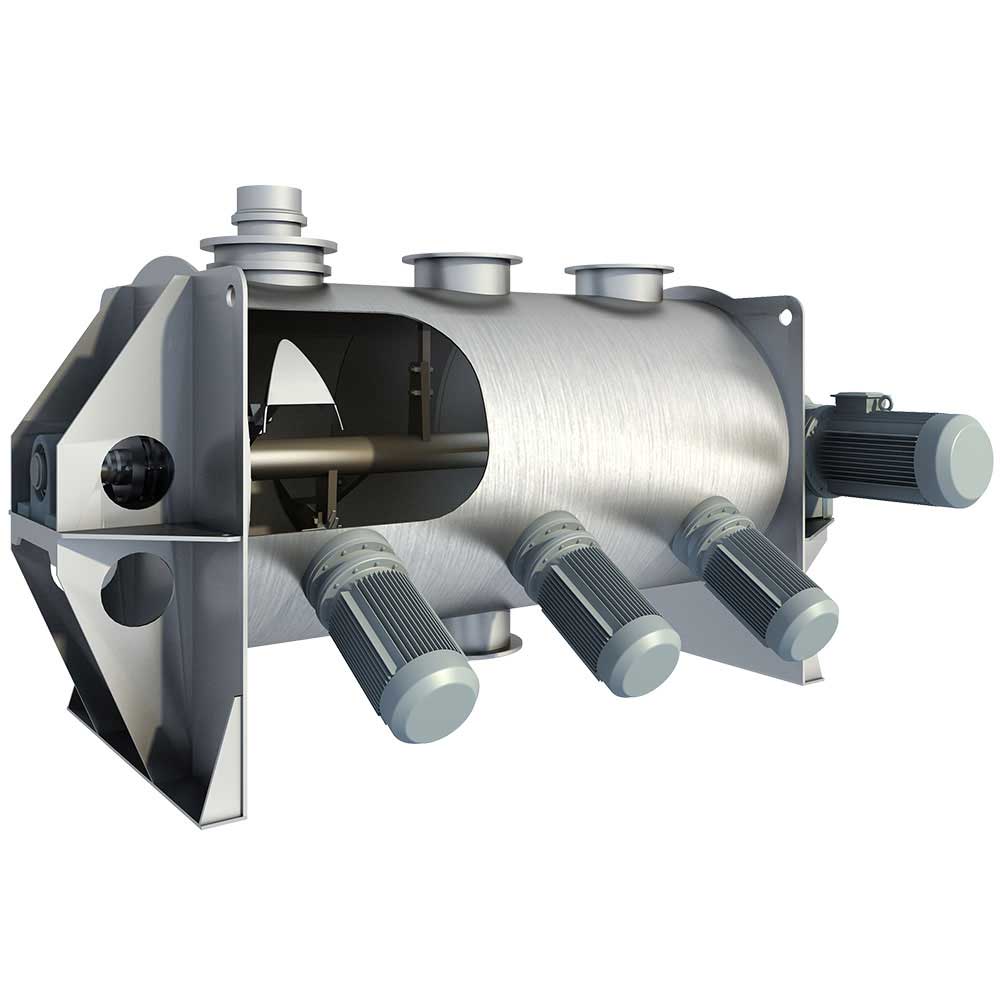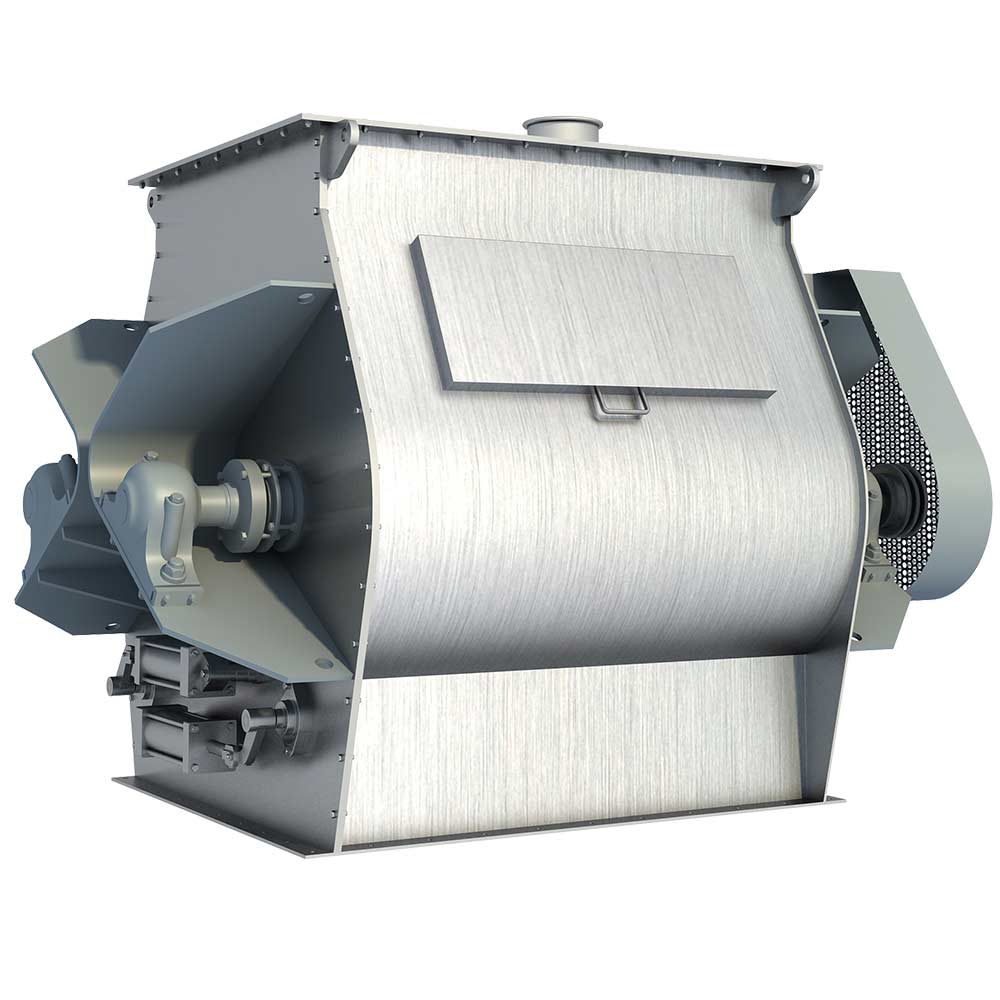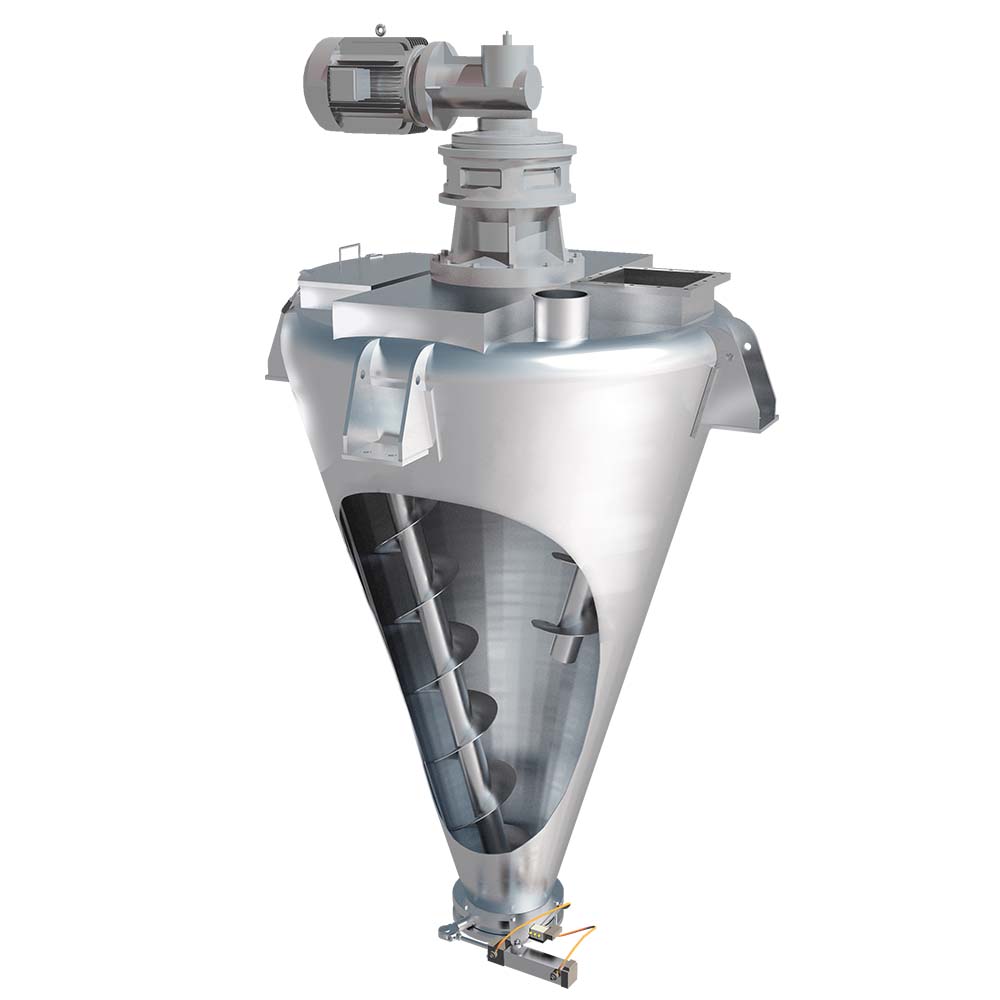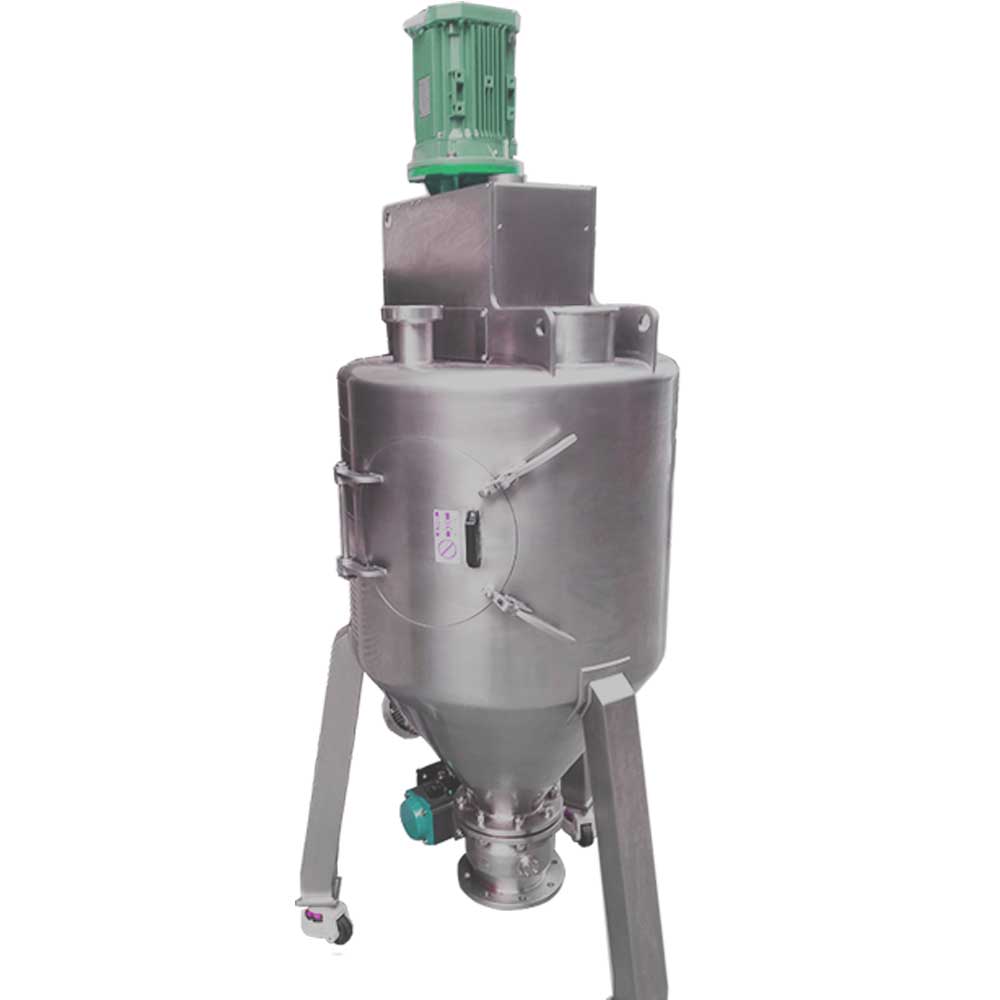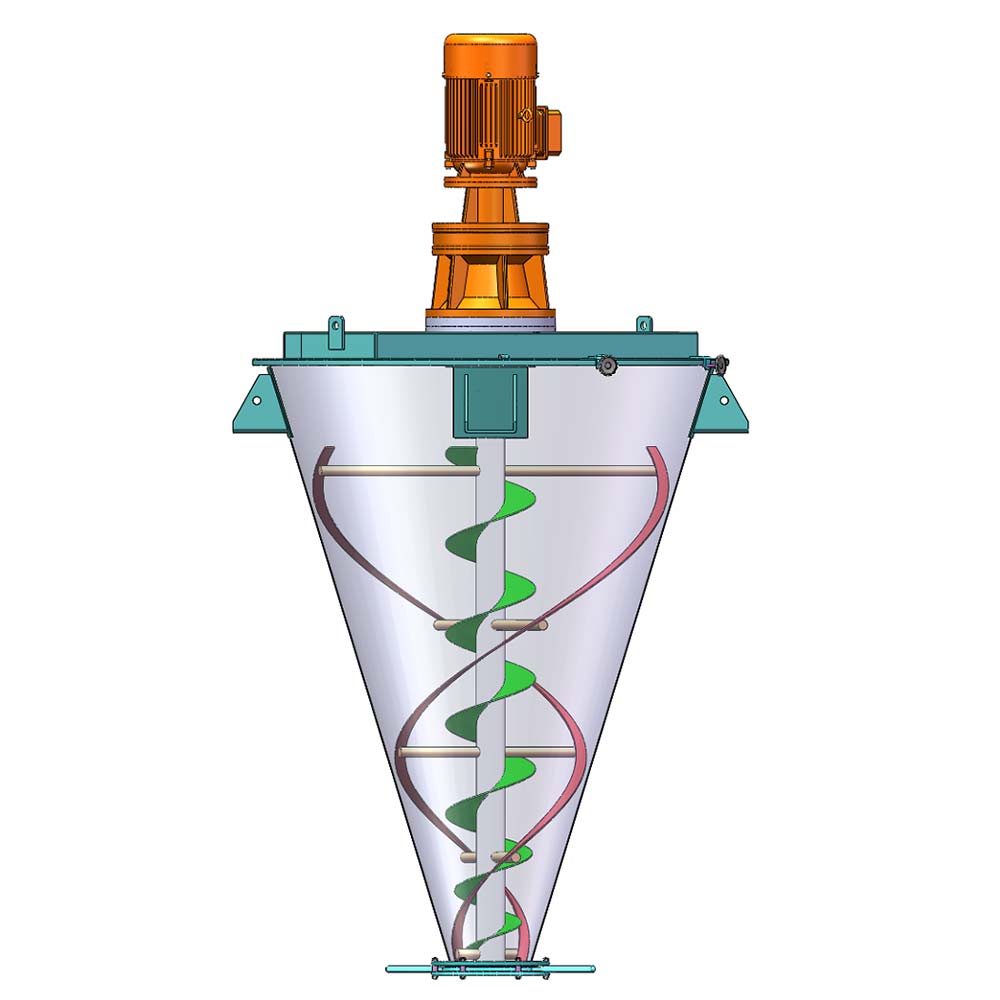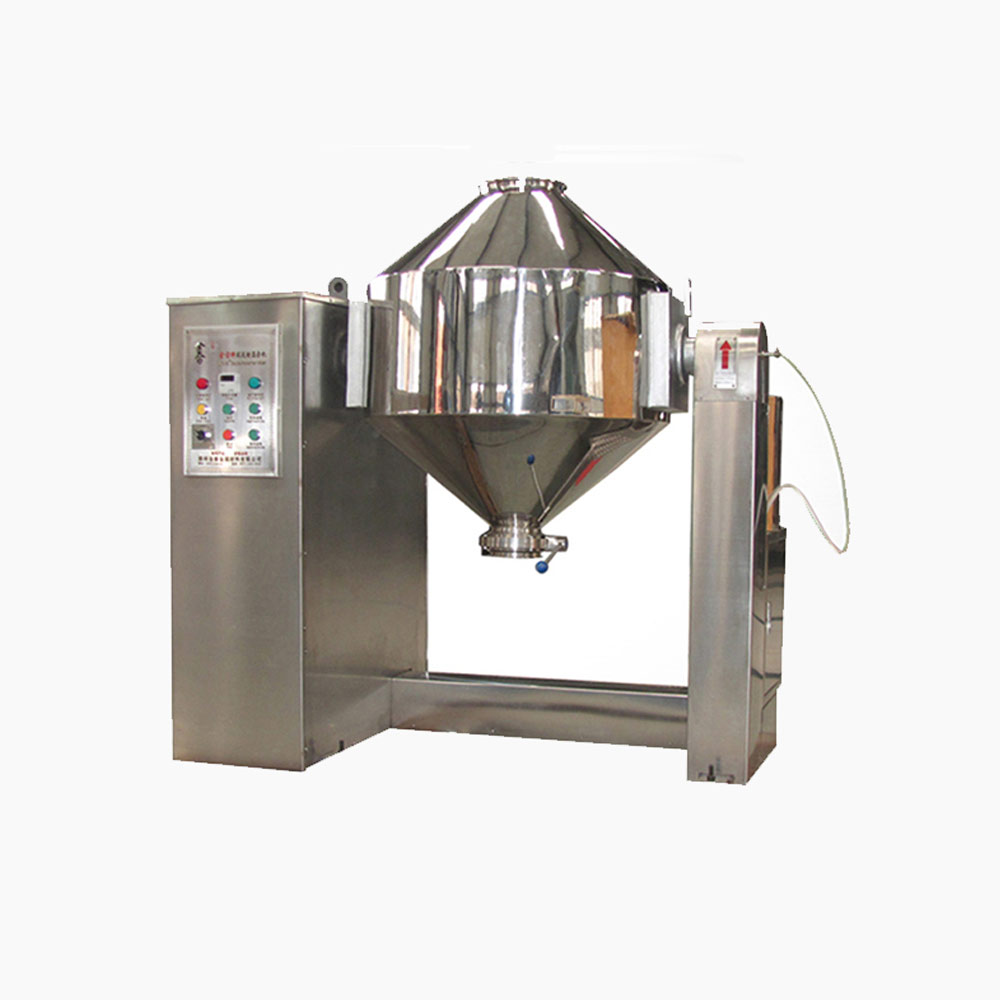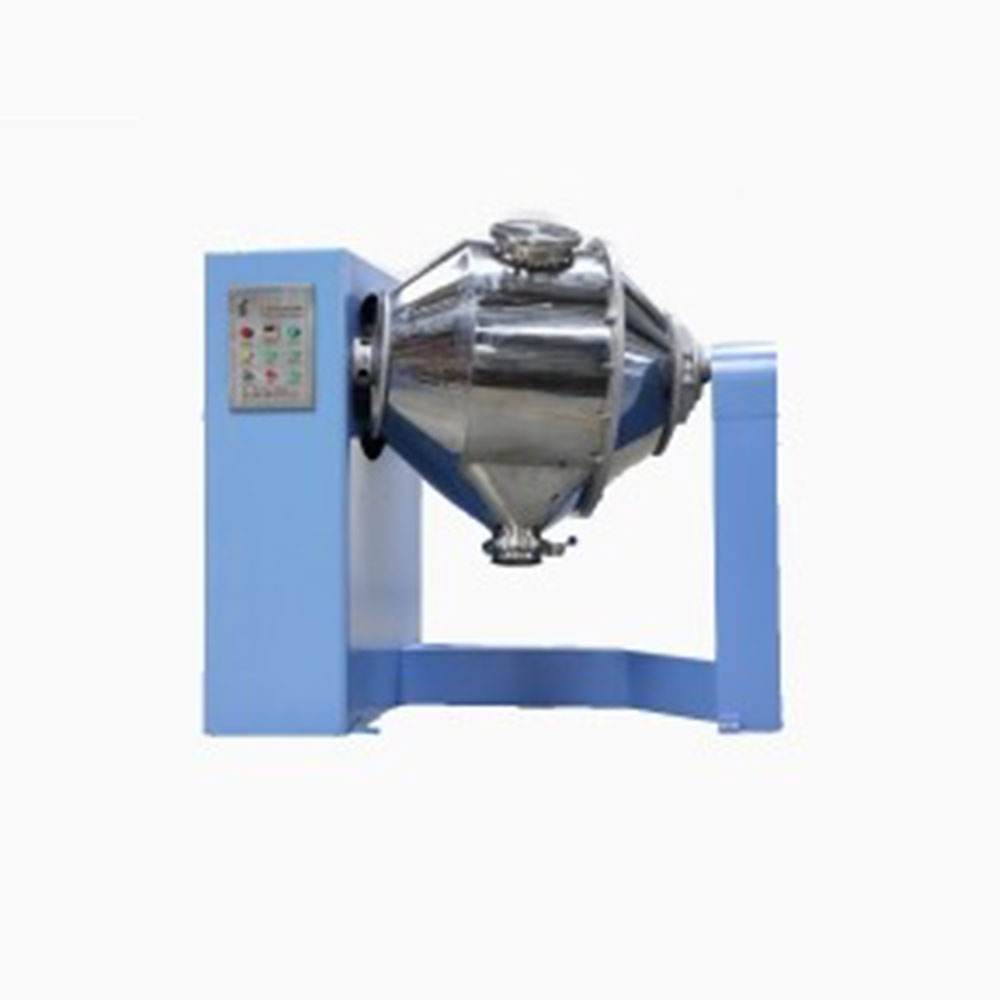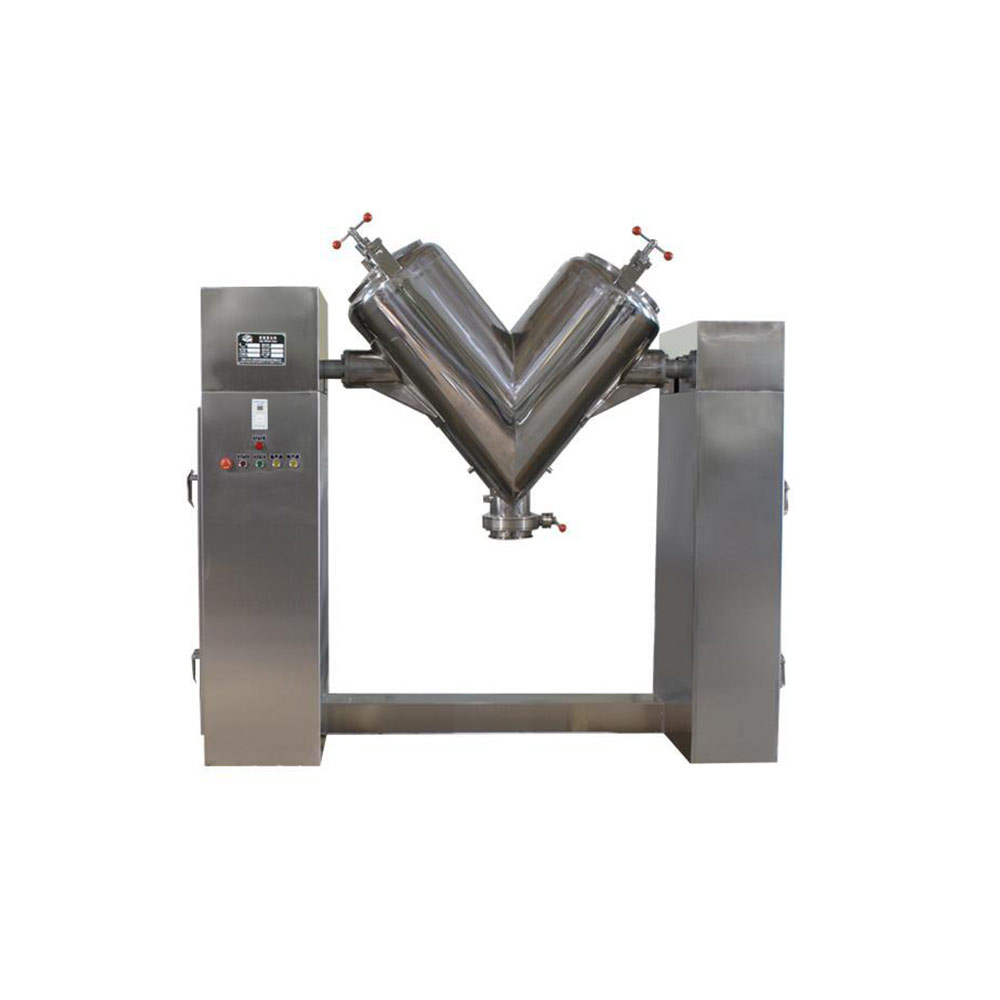Ask An Expert
Frequently Asked Questions
Yes, We can supply simple stand alone panels or automated PLC controlled systems. We normally install and test all controls on our mixers before they are shipped.
Yes, we normally test the mixers before they are shipped and mark out the wire need to connect on the control box.
We manufacture specialty mixing equipment for powder & bulk materials. Included are ribbon blender, plough mixer, conical screw mixer, twin shaft paddle mixer, V blender, double cone blender and other auxiliary equipment such as screw conveyor, quantitive auger filler.
We sell across the world, our cusotmers distribute 5 continents.
Share Us With Your Network
How Industrial Mixer Design Affects Product Quality and Efficiency
Industrial Mixers Impacts Both Product Quality and Efficiency
In many fields like food, pharmaceuticals, chemicals, and plastics, industrial mixers form the main support for industrial production. Product quality, production rate, and operational efficiency are all shaped by how the mixing equipment is designed, whether processing powders or pastes. Finding the best industrial mixer should not be limited to size and cost. Success depends on how well you connect mixer design with your materials, operating requirements, and quality targets.
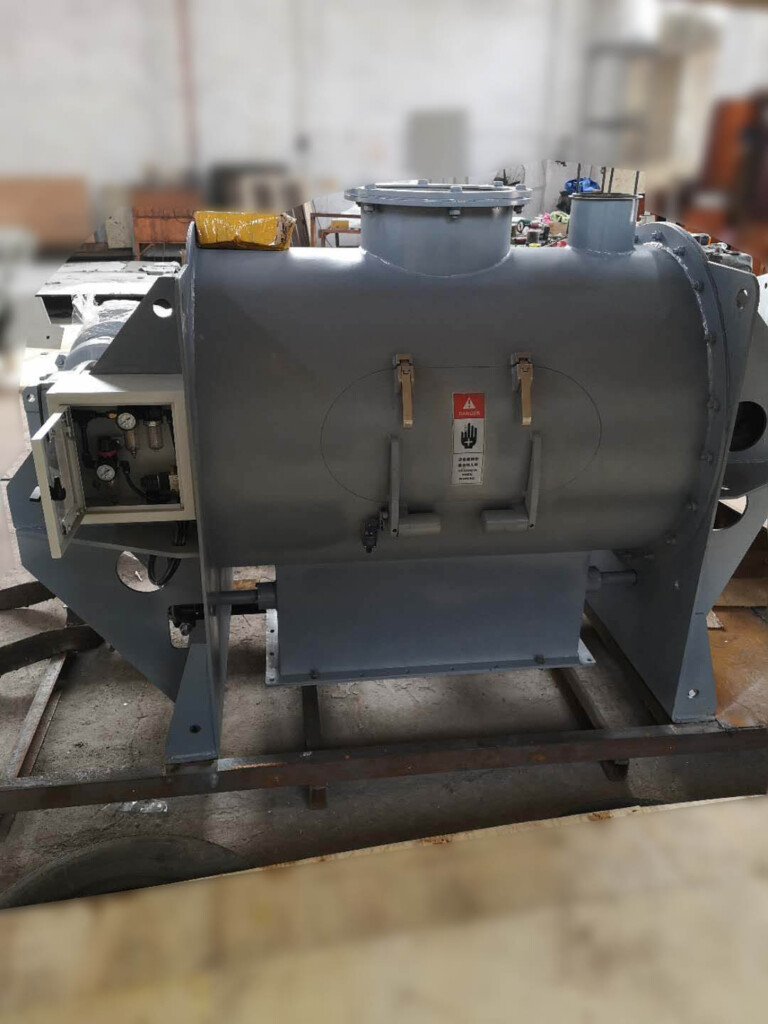
Why Mixer Design Matters
Mixing is considered efficient when the batch mix includes uniform distribution of all its ingredients. Achieving these results depends heavily on the internal shape, the way the mixer agitates materials, the pattern of flow, and the overall quality of construction.
A well-designed industrial mixer enhances:
- Mixtures with uniform characteristics and exact consistency from batch to batch.
- Mixing time and energy efficiency
- Scalability and repeatability of production
- Reduction of waste and reprocessing
- Adherence to both health and safety regulations
Ribbon Blenders:
Consumer goods manufacturers often prefer this equipment when working with dry powders and granules. Ribbon blenders are widely selected by industries dealing with dry powders and granular materials. Their design features a trough formed in the shape of a U, laid horizontally, and a central shaft carrying two helical ribbons. The spatial design moves materials one way with the outer ribbon and in the reverse direction with the inner ribbon, resulting in a deep mixing pattern.
Key Benefits
- Achievement of quality blends of bulk solids is possible with quick, short cycles
- Fragile or sensitive products are treated gently with this equipment.
- Minimal residue and easy discharge
- Excellent batch-to-batch uniformity
Applications
Food industries often select ribbon blenders for processing baking mixes and spices, the pharmaceutical industry relies on them for dry powder mixing tasks, and chemicals producers use them for blending fertilizers or pigments. The homogeneous mixing that ribbons provide guarantees uniformity across every package, thereby decreasing product inconsistency and increasing satisfaction for consumers.
Paddle Mixers:
Paddle Mixers are suitable for working with a variety of semi-dry and moist products. Overlapping paddles in paddle mixers rotate, enabling the equipment to lift and fold all materials. Paddle mixers have the advantage over ribbon blenders by being able to mix damp powders, sticky pastes, and fibrous materials.
Design Highlights
- Mixing is completed with a mild action that safeguards the material from degradation.
- Can be used to mix fragile materials without damaging them
- Improved ability to process cohesive or agglomerated substances within the mix.
- There is the option to install spray bars to distribute liquids as mixing takes place
Applications
Paddle mixers are specially suited for animal feed, pre-mixed concrete, slurries, and related semi moist mixtures. Because they can mix materials with wide variations in density and texture, conical screw mixers are the preferred tool in many facilities.
Conical Screw Mixers:
Conical Screw Mixers are Effective for mixing products requiring minimal injury and little exposure to heat. They are also referred to as a Nauta mixer, is a vertical batch mixer designed to care for delicate or fragile ingredients. With the combination of their conical shape and vertical screw rotation, these mixers produce a gentle and complete blend with low rates of heat development.
Design Advantages
- The low-stress mixing action is suitable for materials that are easily damaged or sensitive to heat.
- They use only minimal power and generate low shear forces.
- The design allows for standard discharge with little product retained inside.
- They stand out in tasks requiring coating, blending, and homogenization.
Applications
Conical screw mixers find significant application in pharmaceutical, cosmetic, and food plants for processing items including powdered milk, supplements, and chemical catalysts. The preservation of product integrity gives these mixers a distinct advantage in applications demanding very high quality standards.
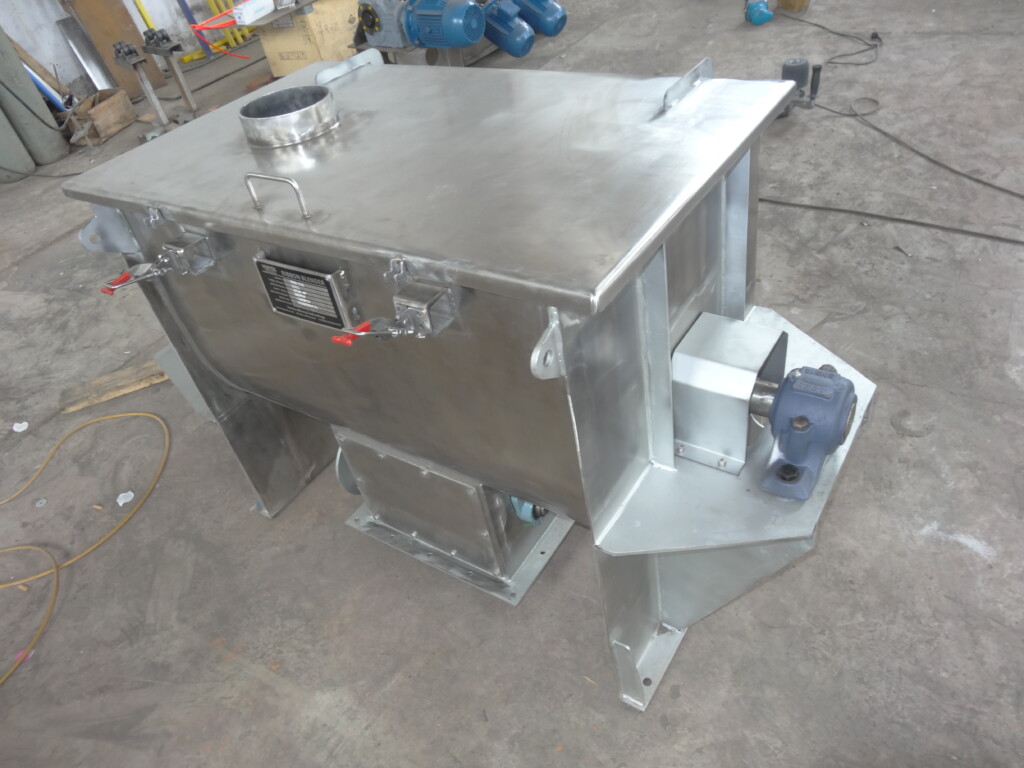
The Effects Of Design Decisions
The structure and geometry of mixers can greatly affect both the speed and affordability of your production process. Efficiency is primarily shaped by characteristics such as mixing time, how simple it is to clean, the availability of maintenance access, and the mixer’s ability to scale up or down.
Mixing Time
A shorter mixing time corresponds to a rise in output throughout a shift. With optimal ribbon or paddle mixer design, the completion of a batch only takes a few minutes. While conical mixers often take extra time, their mild action is vital for products that are easily harmed.
Energy Consumption
Normally, low-shear mixers are more energy-efficient than high-shear alternatives. If you select a mixer that matches your specific application, you minimize the chance of overprocessing and save on energy expenses.
Cleaning and Downtime
Cleaning is greatly simplified by using mixers with sanitary coatings or designed for Clean-in-Place, reducing the time lost during production stops. Ensuring such reduction in downtime is of particular significance in fields like food and pharmaceuticals that are regulated.
Scale-Up
Smartly designed mixers support the uninterrupted expansion of processes from the lab to a larger production scale. Both mixing ability and distributed energy must remain the same regardless of the mixer’s scale.
Material Flow and Particle Behavior
The arrangement of a mixer’s internal parts affects both particle movement and interaction. For example:
- In ribbon mixers, horizontal rotation functions to cut and homogenize dry substances.
- Paddle mixers promote three-dimensional heat and mass transfer, improving the quality of folding and coating operations.
- Conical mixers depend on vertical motion with gravity assistance to softly move and mix powders within the vessel.
An awareness of how these flow patterns shape the performance of your specific material is important for trustworthy results.
Mixer Hygiene Requirements
For the food and pharmaceutical industries, it is necessary for mixer design to provide cleanliness and follow regulatory requirements. Sanitary-grade mixers often feature:
- Stainless steel contact surfaces
- Double-welded joints that are hydraulically flawless for sanitary reasons
- Detachable components or clean-in-place ports for operators to achieve manual washing
- Validated CIP systems
Appropriate selection of a mixer depends on your material’s properties.
Every mixer type for industrial use has particular strengths. The right choice depends on:
- Material type and consistency
- Sensitivity to shear or temperature
- Batch size and production volume
- Desired mixing time and efficiency
- Cleaning and maintenance requirements
Performing a mixing test, together with consulting a reliable manufacturer, assists in choosing the most suitable solution for your requirements.
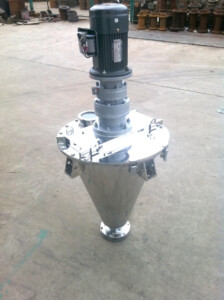
Vortex Dedication to Provide Mixer Designs of Outstanding Quality
At Vortex, it is clear to us that a generalized mixer design approach does not work. The types of mixers we supply are ribbon, paddle, and conical screw, as well as further specialized options. We provide customized engineering so that each machine we supply is ideally suited for your specific application.
Conclusion
How you design your industrial mixer greatly affects both the dependability and efficiency of your manufacturing process. Making the proper choice among ribbon blenders, paddle mixers, or conical screw mixers can result in uninterrupted operations rather than continual operational problems. Making informed decisions about mixer shape, internal movement, and materials based on your process helps your facility maximize its investment potential.
Ask An Expert

